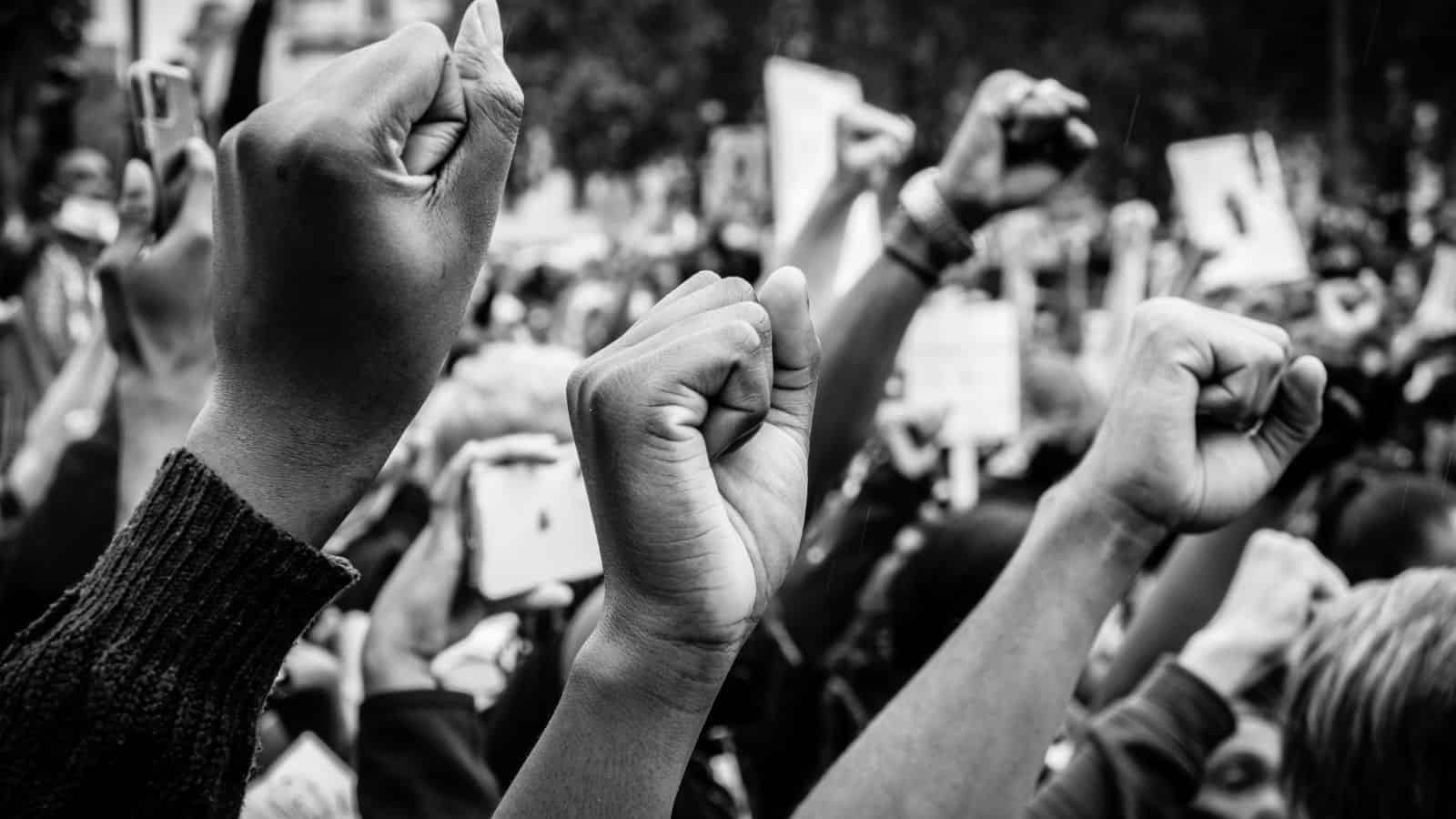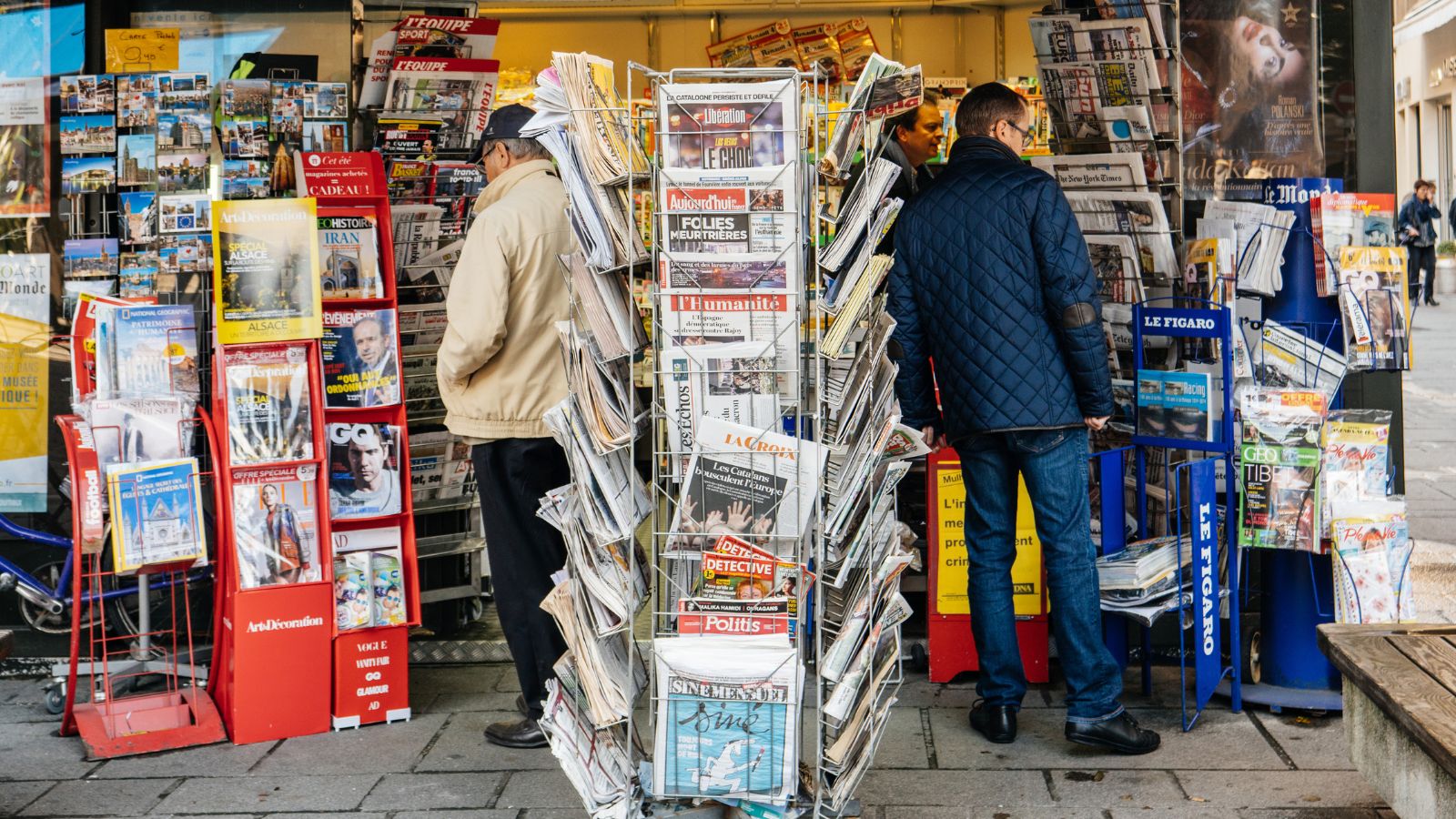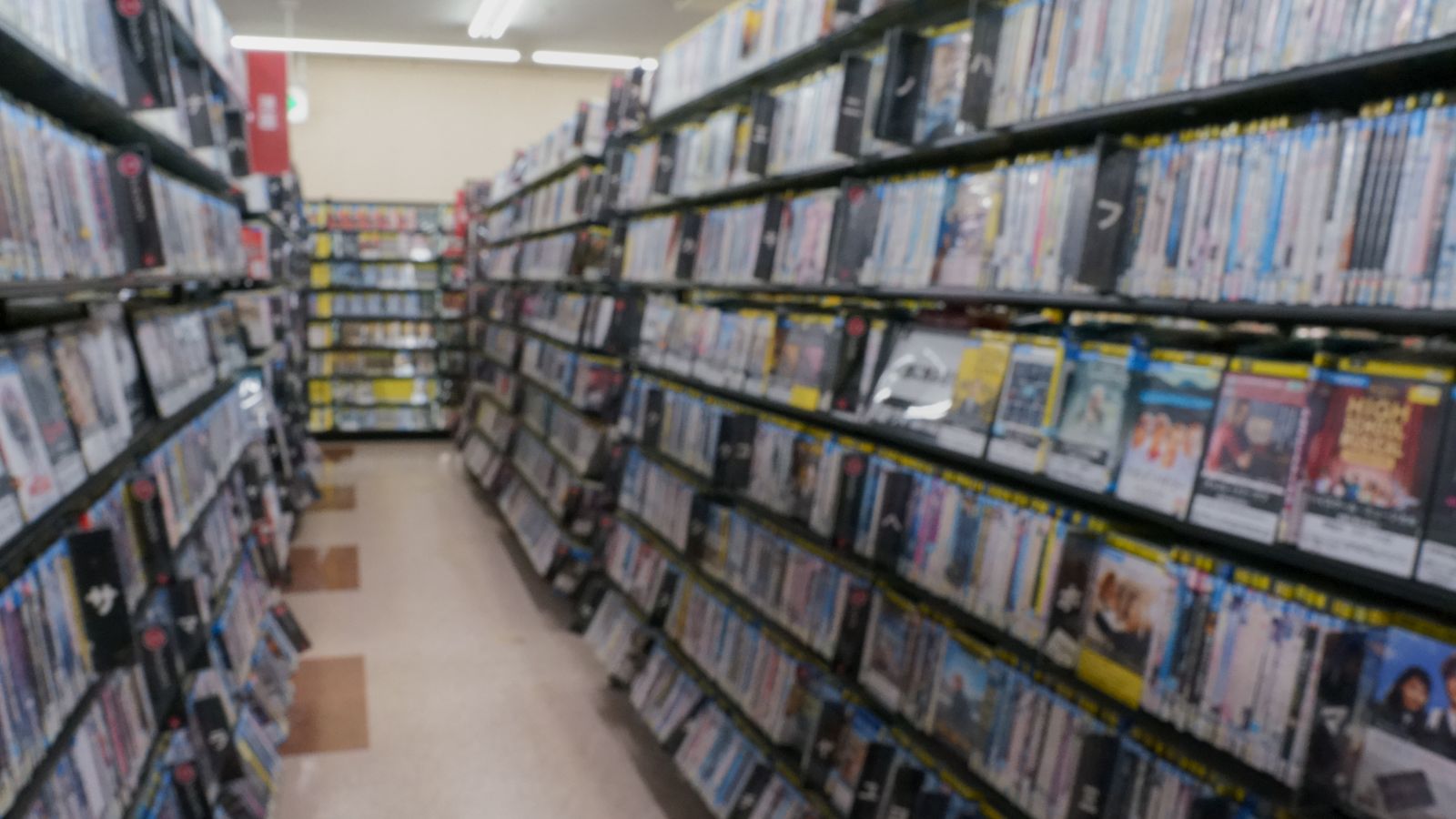The 1980s in England saw political shifts, cultural revolutions, and technological innovations that all collided, not to mention iconic music and fashion. Let’s take a look at what England was like during this important decade.
Thatcherism and Economic Change

The 1980s in England were synonymous with Margaret Thatcher’s leadership, and her government brought sweeping changes to the economy, focusing on privatization, free-market principles, and reducing the influence of trade unions. For some, this era sparked newfound prosperity, but for others, it brought hardship.
The Rise of New Wave Music

Music during this time was electric, and this country was at the heart of it all. Bands like Duran Duran, Depeche Mode, and The Human League brought an innovative mix of synth sounds and theatrical performances that dominated the charts, and this was also the decade when music videos took center stage, with shows like Top of the Pops becoming a weekly ritual.
Bold Fashion Trends

Everywhere you turned in the 80s, people were embracing looks that seemed to scream confidence and individuality; high-street shops like Topshop and Miss Selfridge offered a mix of neon leggings, oversized blazers with shoulder pads, and bold accessories.
For those wanting an edge, punk-inspired fashion made a statement with ripped jeans and safety pins.
A Boom in Technology

As the beginning of the digital revolution, this decade saw technology slowly but surely made its way into homes with the likes of personal computers, VHS players and shiny new compact discs (CDs), which promised crystal-clear sound. Technology was changing how people worked, played, and connected, even if it still felt like a glimpse of the future.
The Influence of Television

Shows like Only Fools and Horses and Blackadder brought sharp humor to living rooms, while dramas like EastEnders reflected the struggles and triumphs of working-class families.
Saturday mornings were all about cartoons and kids’ shows like Blue Peter or Grange Hill, while evenings often revolved around family viewing.
Football Hooliganism and Stadium Culture

Football in the 1980s was a source of immense pride and passion for many, but it also carried a darker reputation thanks to the rise of hooliganism, with violent clashes between rival fans which marred “the beautiful game” and gave it a tough, gritty image.
Stadiums often lacked the safety standards we see today, leading to tragedies that highlighted the urgent need for reform—yet, despite these challenges, the love for football never waned.
The Miners’ Strikes

Few events define England as vividly as the miners’ strikes of 1984-85; these strikes were a direct response to plans for widespread pit closures, which threatened the livelihoods of thousands of workers and their families. The year-long struggle saw heated clashes between striking miners and police, particularly in areas like Yorkshire and South Wales.
Street Culture and Youth Movements

Graffiti began to appear as a form of street art, while BMX bikes and skateboards gave young people new ways to get around their neighbourhoods. Breakdancing became a common sight in city centers, often drawing crowds of onlookers, and such movements brought a vibrant, rebellious spirit to urban life, making the streets their stage.
Changing Gender Roles

The 1980s marked a period of growing opportunities and changing expectations for women, and while progress was gradual, more women began entering professions traditionally dominated by men.
They pursued higher education in record numbers, as well as campaigns for equal pay gaining momentum, fueled by high-profile legal battles and activism.
The Impact of the Cold War

The Cold War cast a long shadow, and spy dramas and dystopian films reflected the tensions of the time, offering a mix of escapism and reflection. While the Berlin Wall and global diplomacy often felt far away, the spectre of the Cold War was impossible to ignore, influencing everything including public discourse, art and music.
The Explosion of Tabloid Culture

Celebrity gossip, royal scandals, and political controversies filled the pages of tabloids like The Sun and The Mirror, captivating readers, and the press took a keen interest in public figures—especially the royal family—turning figures like Diana, Princess of Wales, into global icons. This era solidified Britain’s love-hate relationship with its tabloids, as they blurred the line between news and entertainment.
The Rise of Video Rental Stores

One of the most exciting innovations had to be the arrival of video rental shops. They popped up in towns across the country, offering families a chance to bring cinema into their homes, while renting a VHS tape became a weekend tradition for many. It was about the joy of browsing shelves filled with glossy covers as much as it was about the film itself.
Boomtowns and Suburban Expansion

As England underwent economic and social change, many towns and suburbs experienced rapid growth, and areas close to cities expanded to accommodate new housing estates. Commuter culture flourished as people sought affordable homes outside city centers; meanwhile, previously struggling towns saw pockets of revival.
Punk’s Evolution into Post-Punk

While punk exploded in the late 1970s, its legacy continued to shape the 80s, moving into the more experimental and moody post-punk movement. Bands like Joy Division embraced the raw energy of punk but added deeper, more introspective lyrics and innovative sounds, and post-punk became a defining aesthetic for much of the decade.
Changing Attitudes Toward Health and Fitness

Tracksuits, headbands, and neon trainers became everyday attire, blending practicality with fashion. There was also growing awareness about diet and health, with people becoming more conscious of what they ate as supermarkets began offering more diverse and diet-friendly options.
The AIDS Crisis and Public Awareness

This was also a critical time for raising awareness about HIV/AIDS, because initially, there was misinformation and fear surrounding the illness, but public health campaigns aimed to educate people and reduce stigma. The government’s “Don’t Die of Ignorance” initiative, with its stark television ads and leaflets, was one of the first large-scale efforts to address the crisis.
Shopping Malls and High Street Culture

The way people shopped changed dramatically, too, and we saw large shopping malls like The MetroCentre growing in popularity, with these indoor complexes becoming hubs for socializing as much as for shopping—especially among teenagers. Meanwhile, high streets continued to thrive, lined with popular stores like Woolworths, WHSmith, and C&A.
The Underground Club Scene

Mainstream music dominated the airwaves, of course, but England’s underground club scene quietly transformed nightlife thanks to acid house and other various genres that emerged later in the decade. These brought a new sound and energy to clubs, especially in cities like Manchester and London.
The Green Movement Gains Momentum

Although the seeds had been planted in earlier decades, environmental awareness truly grew during the 80s as issues like pollution and deforestation gained more public attention. Campaigns by groups like Greenpeace and Friends of the Earth resonated with people, especially younger generations, and recycling bins became more common in households.

